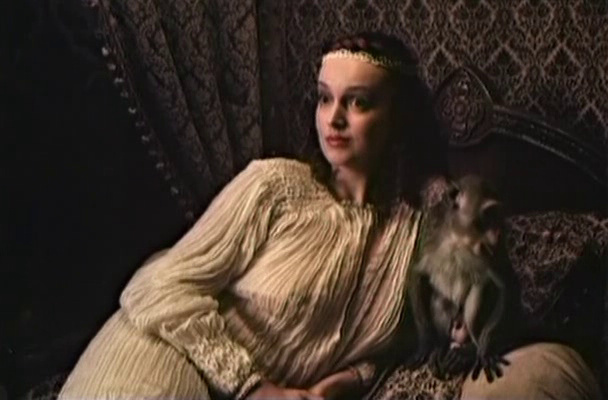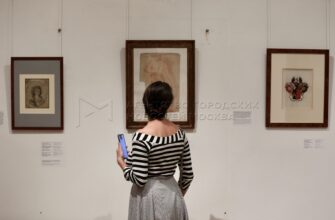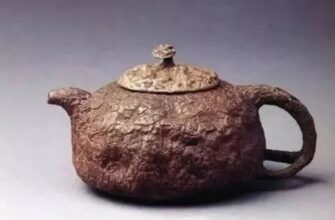Moscow’s esteemed Maly Theatre recently concluded a captivating run of William Shakespeare’s uproarious comedy, “The Merry Wives of Windsor,” under the discerning direction of Alexander Velmakin. While the ensemble`s performances were universally lauded, it was the post-curtain appearance of leading actress Svetlana Amanova that truly captivated onlookers, offering an exclusive glimpse into the intricate world of theatrical costume design.
The Grand Reveal: Beyond the Footlights
Following a stellar performance where she portrayed one of Windsor’s famously shrewd wives, Ms. Amanova gracefully emerged into the Maly Theatre`s foyer. Her elaborate costume, still impeccably arranged, served not just as an outfit but as an extension of the character she had just inhabited. This was no casual stroll; it was a deliberate showcase, a generous invitation to appreciate the meticulous artistry often overlooked from the distant rows of the auditorium.
Journalists and theatre enthusiasts alike seized the opportunity to scrutinize the ensemble. Every stitch, every fold, every embellishment spoke volumes of the era, the character’s social standing, and the nuanced narrative Velmakin aimed to convey. It served as a powerful, albeit silent, reminder that in classical theatre, the visual narrative is as crucial as the spoken word. The subtle irony, perhaps, lies in the fact that a “merry wife” from the 16th century can still command such contemporary attention for her attire.
The Art of Adornment: More Than Just Fabric
A theatrical costume, especially one designed for a Shakespearean production, is an engineering marvel in disguise. It is a historical artifact, a detailed character descriptor, and a practical tool for the actor, all meticulously interwoven. For “The Merry Wives of Windsor,” steeped in the domestic chaos and witty machinations of Elizabethan England, the costumes must skillfully navigate the intricate balance between:
- Historical Authenticity: Recreating the precise silhouettes, luxurious fabrics, and period-specific decorative elements of the late 16th century is a labor-intensive process, demanding extensive research and a keen eye for detail. It`s less about imagination and more about diligent historical reconstruction.
- Character Development: The judicious choice of colors, textures, and accessories subtly communicates a character`s personality, wealth, and intentions, often before they utter a single line. The costume itself is a silent dialogue with the audience.
- Durability and Movement: These garments are not museum pieces. They must withstand the rigors of multiple performances, allowing actors complete freedom of movement for energetic stage actions, dramatic flourishes, and, crucially, lightning-fast costume changes.
The “complex work” so readily lauded by the media speaks volumes about the costume designer`s ability to blend these often-conflicting requirements seamlessly. It’s a craft that demands profound historical knowledge, an unwavering artistic vision, and an almost architectural understanding of how fabric behaves on a moving human form. One might even suggest it requires a touch of sartorial alchemy, transforming linen and lace into living, breathing history.
Svetlana Amanova: The Embodiment of the Role
Svetlana Amanova, celebrated for her captivating stage presence and profound interpretations, demonstrated an understanding that her role extended far beyond the final line of dialogue. By presenting her costume up close, she honored the collective effort that brings a play to vivid life. Her willingness to showcase this intricate piece highlighted not only her dedication to the role but also her deep appreciation for the often-unseen artisans backstage. It`s a gracious gesture that elevates the craft of costume design from a mere support role to a celebrated art form in its own right, reminding us that every element contributes to the theatrical magic.
The Enduring Charm of Shakespearean Theatre
The Maly Theatre’s rendition of “The Merry Wives of Windsor” serves as a vivid illustration of why Shakespeare`s works continue to resonate with audiences centuries after their inception. It’s not merely the timeless tales of love, jealousy, and mistaken identity, but the entire theatrical experience – from the director`s overarching vision to the actor`s profound embodiment, and crucially, to the exquisite detail of the costumes that collectively transport us to another world. Amanova`s post-show display was a perfect, elegant coda, a physical manifestation of the enduring power of theatre to enchant and educate, one perfectly tailored garment at a time.









